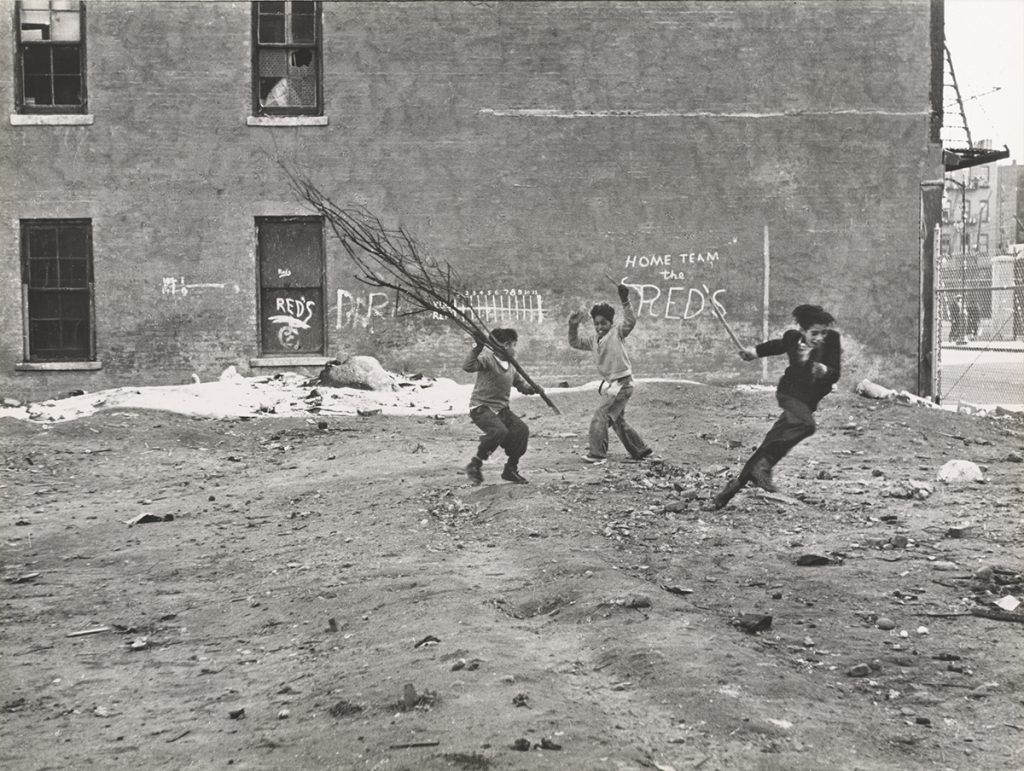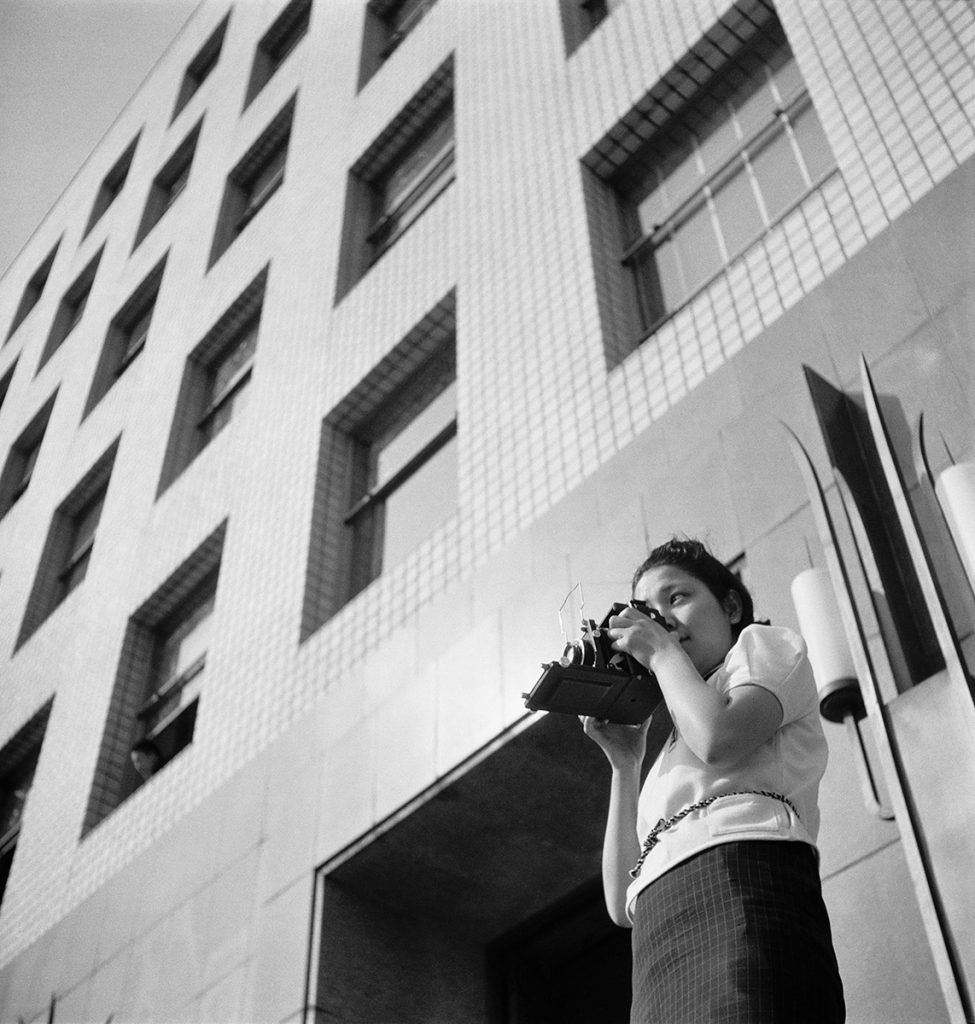 |
Edited by Andrea Nelson and Elizabeth Cronin
National Gallery of Art, Landover, USA, 2020. In English. 280 pp., 277 illustrations, 9¾x11¾".
Much of my artistic research this year has focused on the work and life of Marion Post Wolcott. After four years as a photographer for the Farm Security Administration, Post Wolcott — forced to choose between her husband and her male employer — left the FSA to manage several farms. Wolcott started a family, did the housework, and learned how to use farm machinery. When asked during an oral history interview in 1965 whether she ever went back to photography, Wolcott responded: “I just didn’t get a chance to do any. I did photograph the kids, and the farms around me, but I didn’t do any professional photography. I never did again.” She added: “I think that most people feel, or felt at that time, that [photography] was a man’s field and that a man would just automatically do a better job and be better equipped to do it.”
It’s one of the many reasons why this hefty 288-page hardback compendium, which coincides with the now postponed exhibition of the same name at the National Gallery of Art in Washington D.C, is necessary and welcome. Rather than focusing on the woes of women, its tenor is celebratory and hopeful. As noted in the Director’s Foreword by Kaywin Feldmen, “This groundbreaking project offers us an opportunity to better understand the present by becoming more fully informed of the past”.
 |
The New Woman Behind the Camera is likely one of the most varied collections of photographs by women from the 1920s to the 1950s, a time of immense change in the world socially, politically, and culturally. The photographers represent more than 20 countries, their work organized around six thematic essays. There are 282 illustrations, mostly black and white, printed at a decent size. Some of the photographers are renowned — Berenice Abbott, Dorothea Langue, Ilse Bing, and Germaine Krull for example — but I was delighted to find a good number who are not. It was thrilling to discover images I hadn’t seen before and then read how these artists — Julia Pirotte, Tazue Sato Matsunaga, Margaret Michaelis, and others — created visual legacies and memories as much through their technical prowess and distinctive ways of seeing as the many complications and oppositions they faced and fought.
The subject matter from page to page is wide-ranging: studio work, portraiture, still life, sports, fashion, architecture, photojournalism, street photography, advertising, and abstraction. A notable absence, unsurprisingly, is landscape.
Historians, academics, curators, and students in particular will appreciate the abundant detail in the biographies and image credits. Especially thoughtful is the preface and the “Note to the Reader”, which acknowledge critical aspects of the book’s structure and how it regards gender identity, titles, dates and dimensions, translations and orthography, and personal names. These aspects matter but so often are overlooked or ignored in similar books.
To take in all that this book offers requires multiple deep dives and careful attention. Thankfully it is sensitively organized with a quality of writing that makes it pleasurable to navigate and process. And though it’s referred to as a catalog, it offers so much more. It is a photobook, a history lesson, a collection of narratives and visions, a corrective lens, a source of inspiration, a litany of witnessing, an incandescent record of experimentation, a rebalancing act, a reclamation, and a journey of discovery.
Above all, The New Woman Behind the Camera is a role model. It is a book by women, about women photographers, that also shows women that photography is a feasible and worthwhile career for them.
Berenice Abbott once said that “photography helps people to see”. Women photographers are better off today, but still far from being equal with men. More women need to be seen; to receive recognition and respect for their photography to allow others to believe that it is possible. The New Woman Behind the Camera begins to do exactly that.
Purchase Book
Read More Book Reviews
 |
The subject matter from page to page is wide-ranging: studio work, portraiture, still life, sports, fashion, architecture, photojournalism, street photography, advertising, and abstraction. A notable absence, unsurprisingly, is landscape.
Historians, academics, curators, and students in particular will appreciate the abundant detail in the biographies and image credits. Especially thoughtful is the preface and the “Note to the Reader”, which acknowledge critical aspects of the book’s structure and how it regards gender identity, titles, dates and dimensions, translations and orthography, and personal names. These aspects matter but so often are overlooked or ignored in similar books.
To take in all that this book offers requires multiple deep dives and careful attention. Thankfully it is sensitively organized with a quality of writing that makes it pleasurable to navigate and process. And though it’s referred to as a catalog, it offers so much more. It is a photobook, a history lesson, a collection of narratives and visions, a corrective lens, a source of inspiration, a litany of witnessing, an incandescent record of experimentation, a rebalancing act, a reclamation, and a journey of discovery.
Above all, The New Woman Behind the Camera is a role model. It is a book by women, about women photographers, that also shows women that photography is a feasible and worthwhile career for them.
Berenice Abbott once said that “photography helps people to see”. Women photographers are better off today, but still far from being equal with men. More women need to be seen; to receive recognition and respect for their photography to allow others to believe that it is possible. The New Woman Behind the Camera begins to do exactly that.
Purchase Book
Read More Book Reviews
 |
| The New Woman Behind the Camera. |
 |
| The New Woman Behind the Camera. |
Odette England is an artist and writer; an Assistant Professor and Artist-in-Residence at Amherst College in Massachusetts; and a resident artist of the Elizabeth Foundation for the Arts Studio Program in New York. Her work has shown in more than 90 solo, two-person, and group exhibitions worldwide. England’s first edited volume Keeper of the Hearth was published by Schilt Publishing (2020), with a foreword by Charlotte Cotton. Radius Books will publish her second book Past Paper // Present Marks in collaboration with the artist Jennifer Garza-Cuen in spring 2021 including essays by Susan Bright, David Campany, and Nicholas Muellner.











